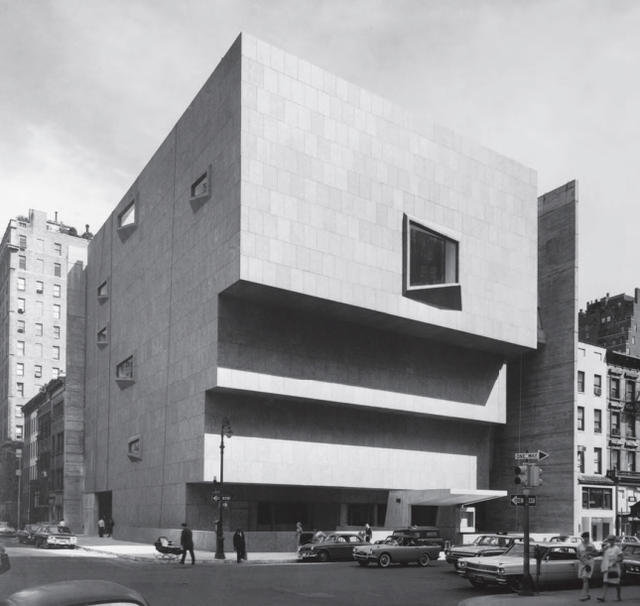"It's hard to love a brute," mused the podcast 99Percent Invisible in an episode that aired last year. The sentiment certainly rings true as Brutalist buildings are among the most polarizing and misunderstood structures built in the last century. Praised by architects—and often lambasted by the public—they're the architectural equivalent of an acquired taste. In your face initially but nuanced as you get to know it better, like a ripened cheese.

Brutalism has its roots in the French term béton brut (literal translation: raw concrete), which Le Corbusier coined to describe his use of the material. While the exact genesis of Brutalism as a term is unknown—some credit historian Reyner Banham and his 1955 essay "The New Brutalism: Ethic or Aesthetic"—it has come to be understood today as a perceived personification of a building rather than a specific architectural expression. Brutalism has become synonymous with an austere, rough, hulking, and ugly aesthetic. That Brutalism as a term evokes the word "brutal" and the negative connotations that accompany it has even sparked some clever architects to propose calling the style "Heroic." To be fair, Brutalist structures aren't beauties in the classical sense that they embody some kind of Golden Ratio in proportions, are composed of opulent materials, or sport eye-catching flourishes. Still, a great many of them have their own poetic sense, as shown in This Brutal World, a new book from Phaidon that chronicles how Modernist and contemporary architects have used the material.

Concrete—unlike wood, natural stone, or metal—is typically cheap and readily available. Moreover, it's robust, virtually indestructible, and can be molded into a wealth of shapes. Unlike wood and metal, it doesn't need to be painted or sealed. Depending on the technique, it can be polished into a granite-like sheen, Tadao Ando's signature treatment. Board-formed concrete can take on the guise of textured wood planks, like Annabelle Selldorf's design for David Zwirner's New York outpost on 20th street. For the Art and Architecture building at Yale, architect Paul Rudolph specified concrete aggregate hammered into deep ridges. It's structure and form in a single substance—the ultimate modern material.
Thanks to its economy, concrete became the material of choice for large-scale commissions, such as government buildings, university campuses, and affordable housing, as This Brutal World author Peter Chadwick writes in the book's introduction. Moreover, it spread around the wold, from Europe to the Americas to Asia:
It wasn't just economic efficiency that concrete construction and Brutalism offered. The architects who favored it loved the material's "honesty," the sculptural opportunities, the uncompromising modernity, as well as the socially progressive intentions that lay behind the style in a climate of economic decline, political unrest, and, in Europe, the long decades of post-war reconstruction.
Despite the historical pedigree of Brutalist buildings, many of them are routinely under threat of demolition. Pioneering modernist Marcel Breuer's structures are routinely haunted by the specter of a a wrecking ball. Preservationists couldn't save Bertrand Goldberg's Prentice Women's Hospital, in Chicago. And the potential renovation and demolition of Paul Rudolph's crumbling Orange County Government Center in Goshen, New York, was one of the fiercest architectural debates last year. (Courts eventually ruled that renovations can proceed.)

In his essay, Banham wrote: "Contact with Brutalist architecture tends to drive one to hard judgements." As for my judgement, I unabashedly agree with this aptly named Tumblr. Spy nine buildings in the slide show above that show just how beautiful Brutalism can be and pick up This Brutal World from phaidon.com for $50.